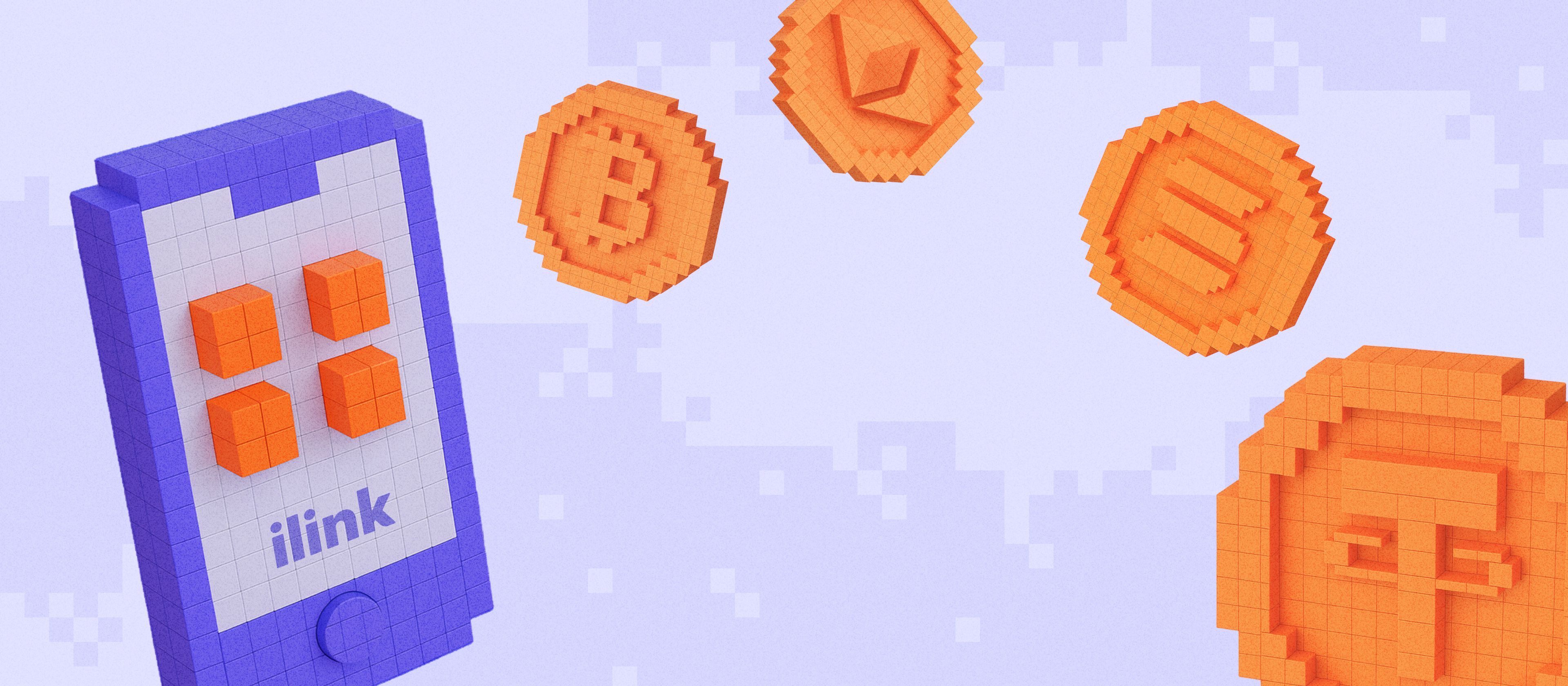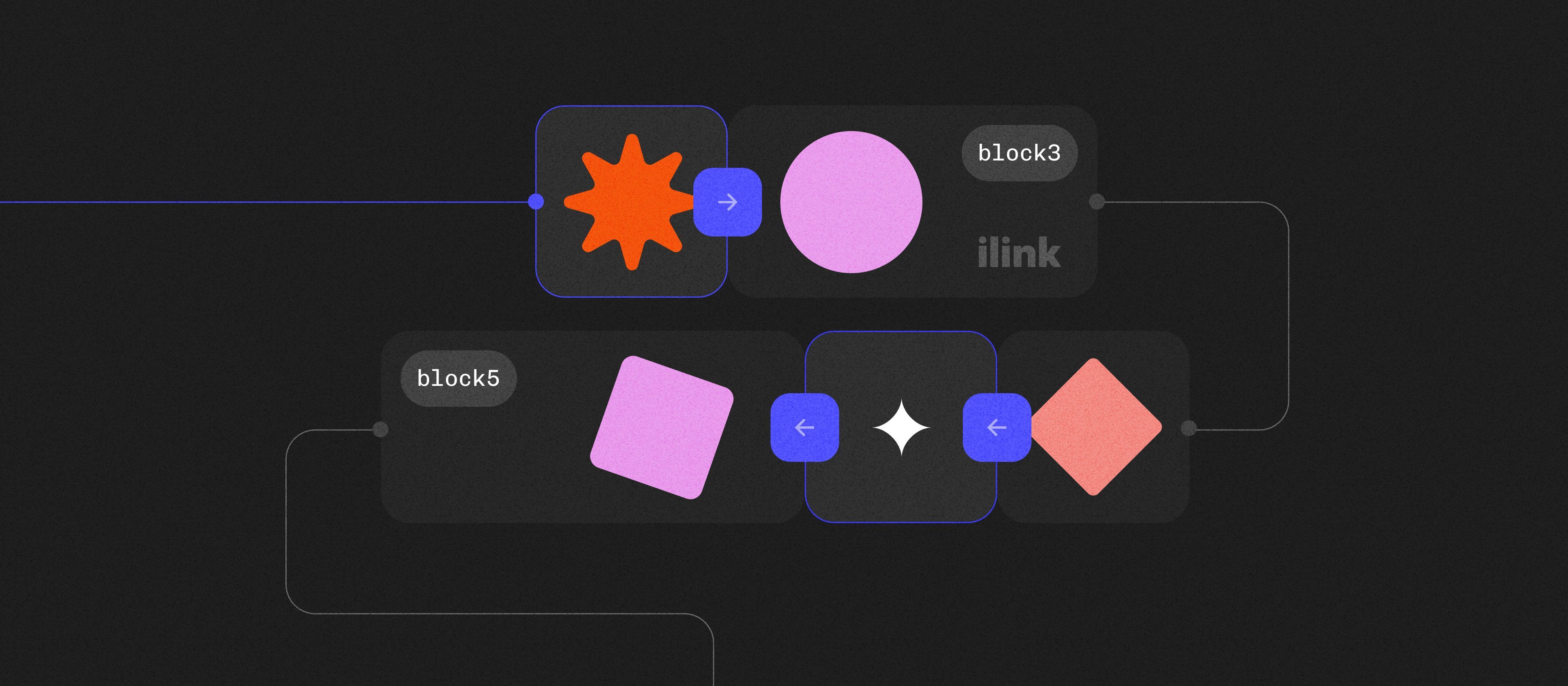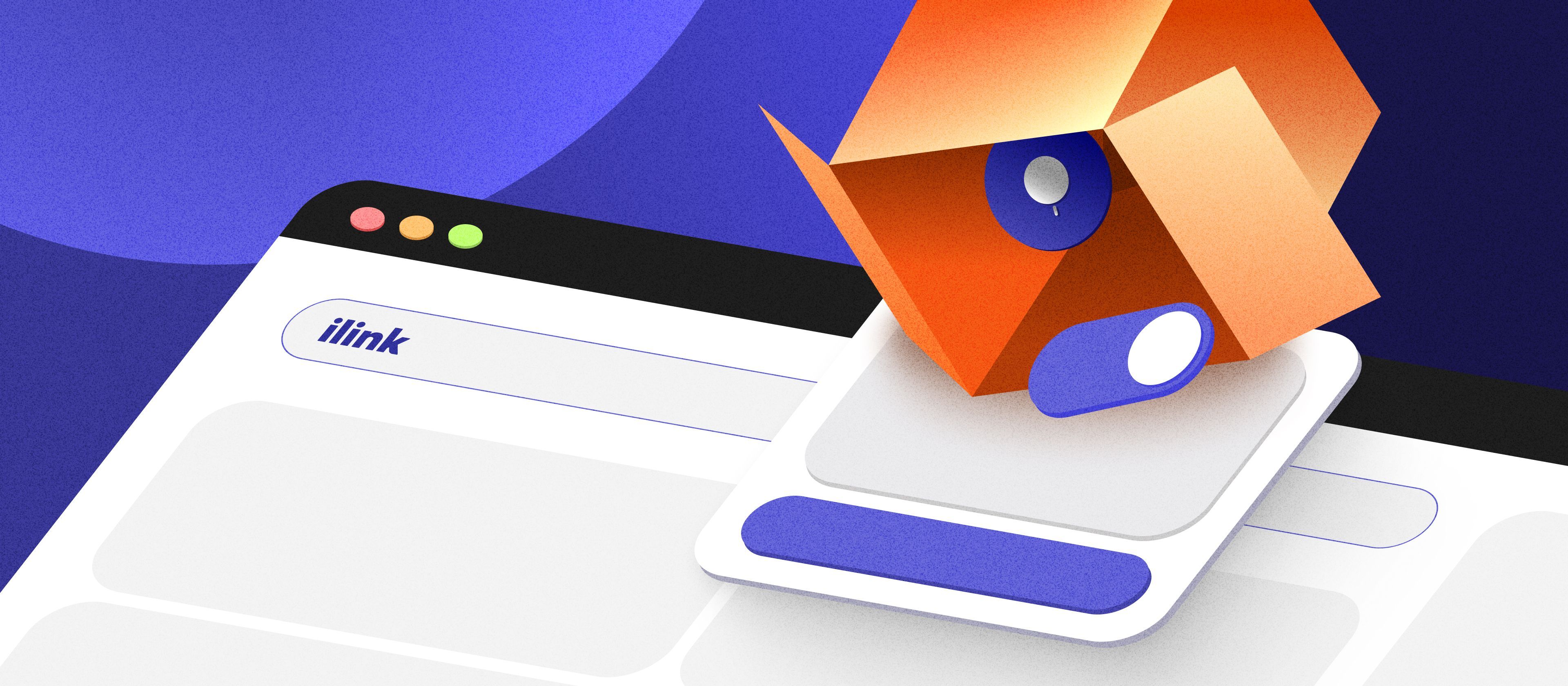How to Develop Blockchain Applications: Complete Guide
What Are Blockchain Applications?
Blockchain applications, often called dApps (decentralized applications), are software solutions that run on a blockchain network instead of centralized servers. Unlike traditional apps, they operate on decentralized infrastructure, ensuring transparency, security, and immutability of data.
Blockchain apps can take many forms: financial applications in DeFi, NFT platforms for digital assets, supply chain solutions, gaming apps, or enterprise tools for healthcare and logistics. Their versatility makes them attractive for startups and enterprises looking to innovate.
Why Businesses Develop Blockchain Applications
Companies are turning to blockchain application development because it addresses some of the biggest challenges in today’s digital economy:
- Transparency and trust. Every transaction is recorded on a public or private ledger.
- Automation with smart contracts. Agreements execute automatically without intermediaries.
- Cost reduction. Removing middlemen lowers operational expenses.
- New opportunities. DeFi, NFTs, tokenization, and digital identity open fresh revenue streams.
For enterprises, blockchain app development also enables compliance, better data security, and efficient workflows.
Key Features of Blockchain Applications
Successful blockchain applications share several key features:
- Decentralized architecture. No single authority controls the system.
- Smart contract automation. Code executes agreements transparently.
- Token integration. Support for cryptocurrencies, stablecoins, or utility tokens.
- Security and immutability. Data cannot be altered once added to the blockchain.
- Scalability and interoperability. Capable of handling more users and connecting with other networks.
- User-friendly design. Simplified onboarding and clear interfaces for adoption.
These features are vital in both enterprise blockchain applications and consumer-focused dApps.
Steps to Develop Blockchain Applications
Step 1. Define Use Case and Goals
The first step in blockchain application development is defining what problem your app solves. Whether it’s financial transactions, supply chain tracking, or digital identity, clarity at this stage ensures a strong foundation.
Step 2. Choose the Right Blockchain Platform
Select a platform that fits your needs:
- Ethereum. Popular for dApps and DeFi.
- Solana or Polygon. Scalable and fast options.
- Hyperledger. Ideal for enterprise blockchain apps.
- BNB Chain or Avalanche. Known for lower fees and broad ecosystems.
Step 3. Design Application Architecture
Plan the app structure, including consensus mechanisms, APIs, wallet integration, and data flows. Architecture determines performance and scalability.
Step 4. Develop Smart Contracts
Smart contract development is the backbone of most blockchain apps. Languages like Solidity (Ethereum), Rust (Solana), or Move (Aptos) are used to code business logic.
Step 5. Build Frontend and Backend
The frontend (React, Vue, Angular) ensures a smooth user interface, while the backend (Node.js, Go, Java) manages APIs and blockchain interactions.
Step 6. Ensure Security and Compliance
Add encryption, private key protection, multi-signature support, and compliance with AML/KYC requirements. Security is central in custom blockchain app development.
Step 7. Test and Audit the Application
Run unit tests, functional tests, and stress tests. Smart contract audits by professional teams are essential to avoid vulnerabilities.
Step 8. Deploy and Maintain
Deploy on testnet, then launch on mainnet. Continuous monitoring and updates keep the application reliable and secure.
Best Practices for Blockchain Application Development
To build sustainable and secure apps, companies should follow these practices:
- Modular architecture. Build apps that can be upgraded easily.
- Secure key management. Protect private keys and authentication processes.
- Use oracles. Integrate external data for real-world functionality.
- Scalability solutions. Consider sidechains or layer-2 solutions.
- Monitoring and analytics. Track app performance and detect anomalies.
Cost and Timeline to Develop Blockchain Applications
The cost of developing blockchain apps depends on features, platform, integrations, and security needs.
- A simple MVP blockchain app may take 3 - 4 months.
- A full enterprise-grade application can require 6 - 12 months.
- Costs vary widely, from tens of thousands for basic dApps to hundreds of thousands for complex enterprise apps.
Partnering with a blockchain application development company reduces risks and speeds up delivery.
Knowing how to develop blockchain applications involves more than writing code. It requires defining goals, choosing the right platform, designing secure architecture, and ensuring compliance. With the right development partner, businesses can unlock the potential of blockchain for growth, efficiency, and innovation.
FAQs
What industries use blockchain applications?
Finance, supply chain, healthcare, real estate, gaming, and digital identity all benefit from blockchain apps.
How long does it take to build a blockchain app?
From 3 months for an MVP to 12 months or more for enterprise applications.
What programming languages are used?
Solidity, Rust, JavaScript, Go, Python, and Move are common in blockchain app development.
Are blockchain apps secure?
Yes, but only with strong smart contract audits, encryption, and compliance measures.
Do businesses need public or private blockchain apps?
Public chains suit open ecosystems, while enterprises often prefer private or permissioned blockchains.
Comments (0)
Latest Posts
Professional blockchain system development makes it possible to create a secure infrastructure that minimizes risks and accelerates operational processes.
Companies that want to remain competitive actively invest in fintech application development, transforming traditional finance into flexible and technology-driven services.
Do You Have Any Questions?
Leave your details - we will contact you to answer all your questions




